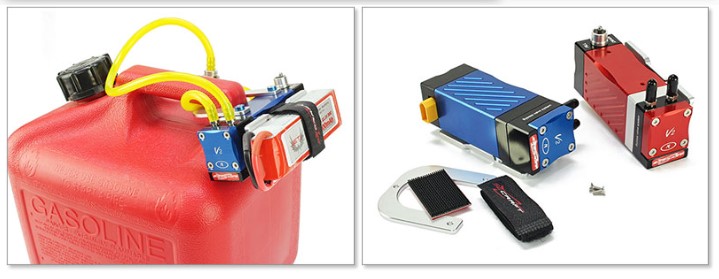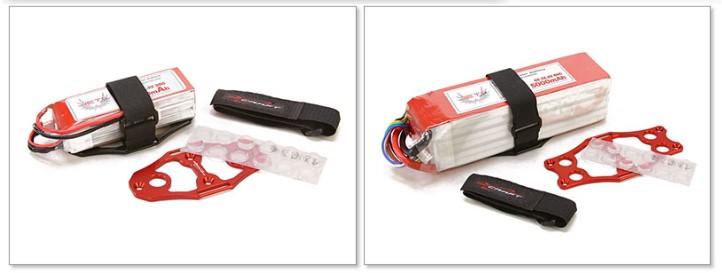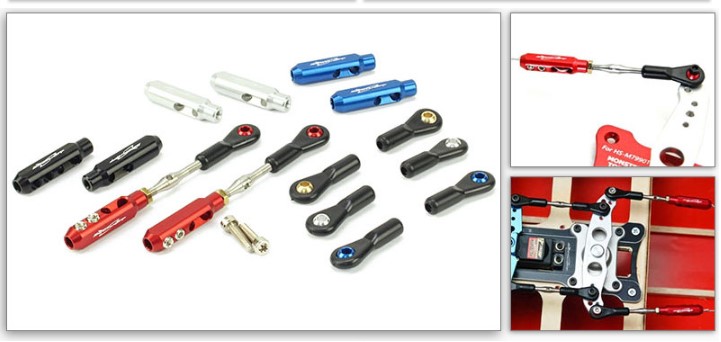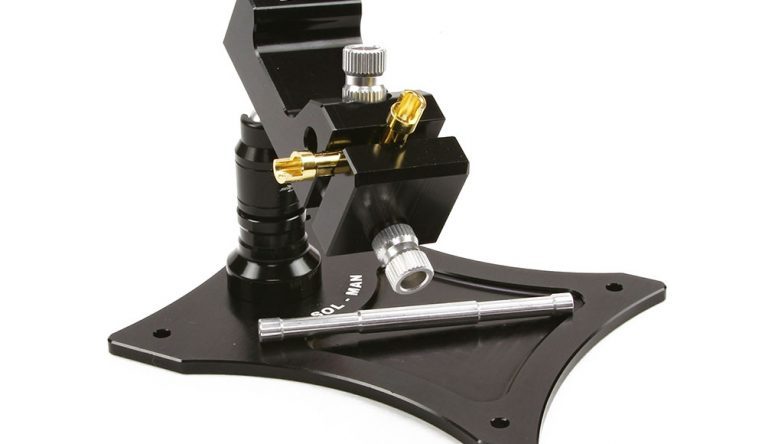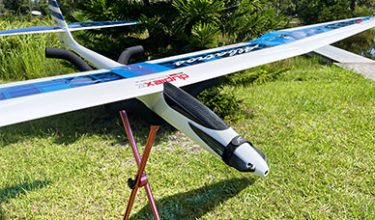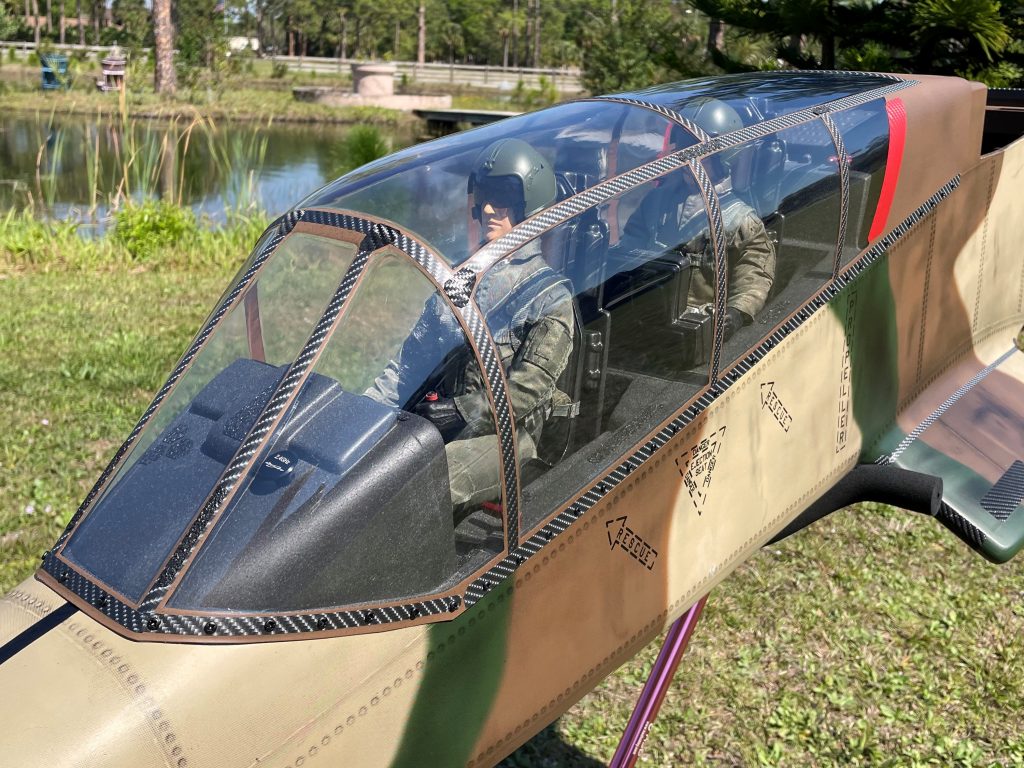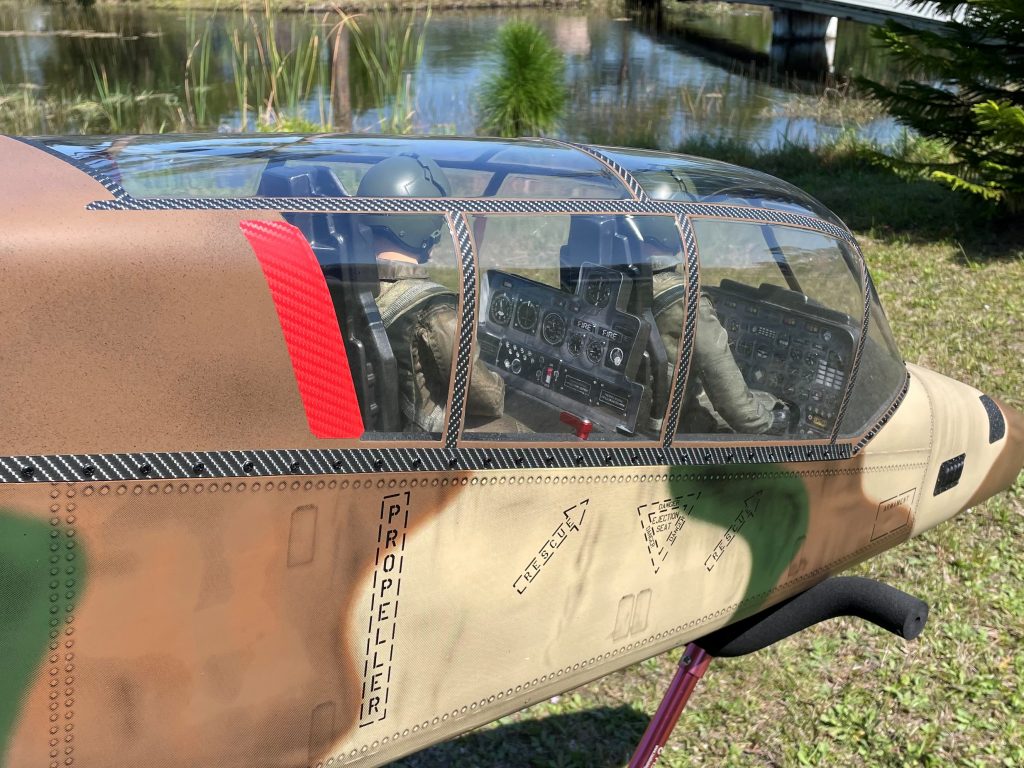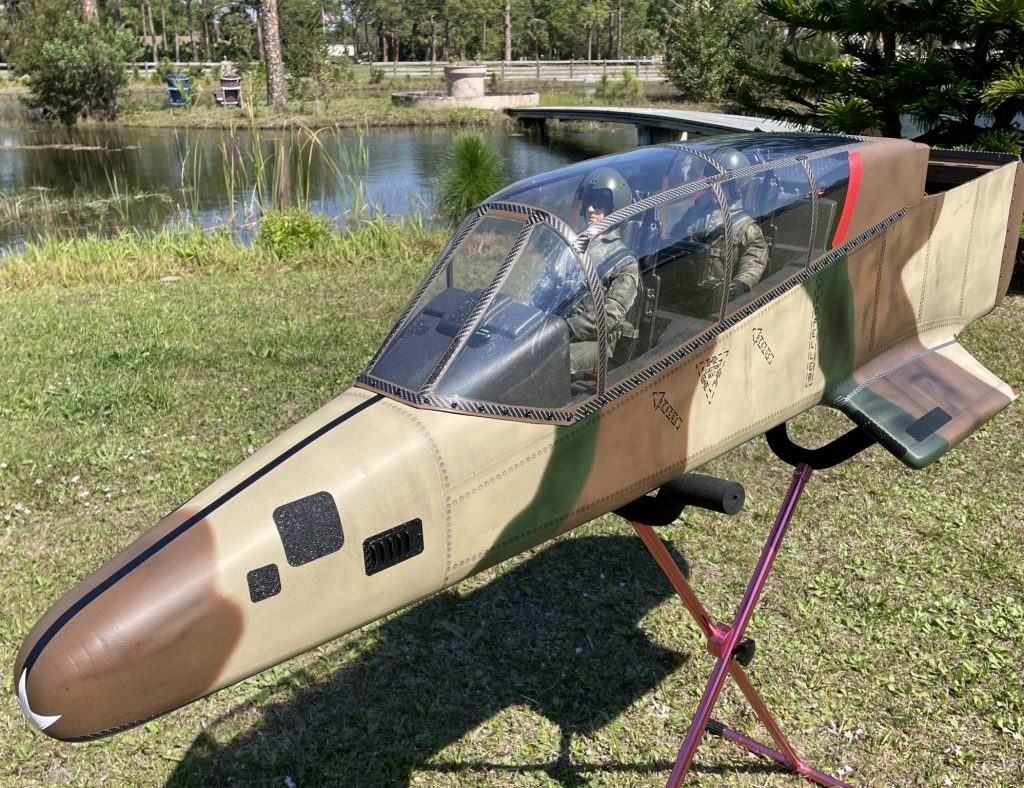New Servos from KST
With So Many Great Options – There is Bound to Be One For You!
Introducing new servos from KST!
Servos from KST Technology offer ultra-efficient brushless motors, steel gear trains, aluminum case, low current consumption and constant output power. They are the perfect match for almost any high performance or racer pilot. Operational voltage: 4.8V – 8.4V
KST Technology servos utilize mini 25 tooth (Futaba) output spline for maximum compatibility with the large variety of aftermarket control horns.
Let’s see what is new! Check out the line of KST Servos HERE.
KST X12-708 High Speed Torque Micro Servo

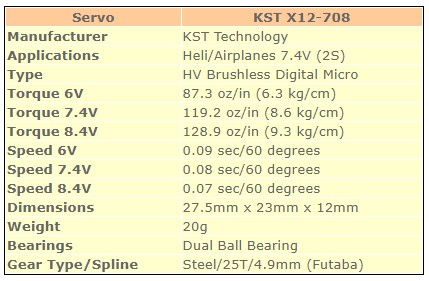
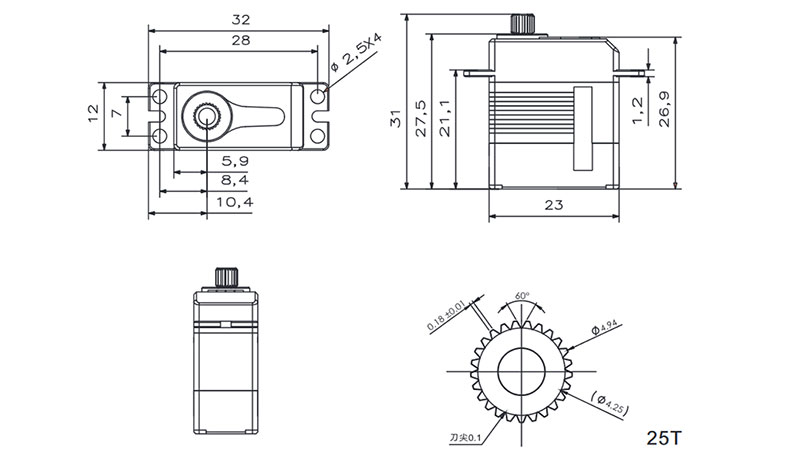
KST X20-1806 Speed/Torque Low Profile Servo
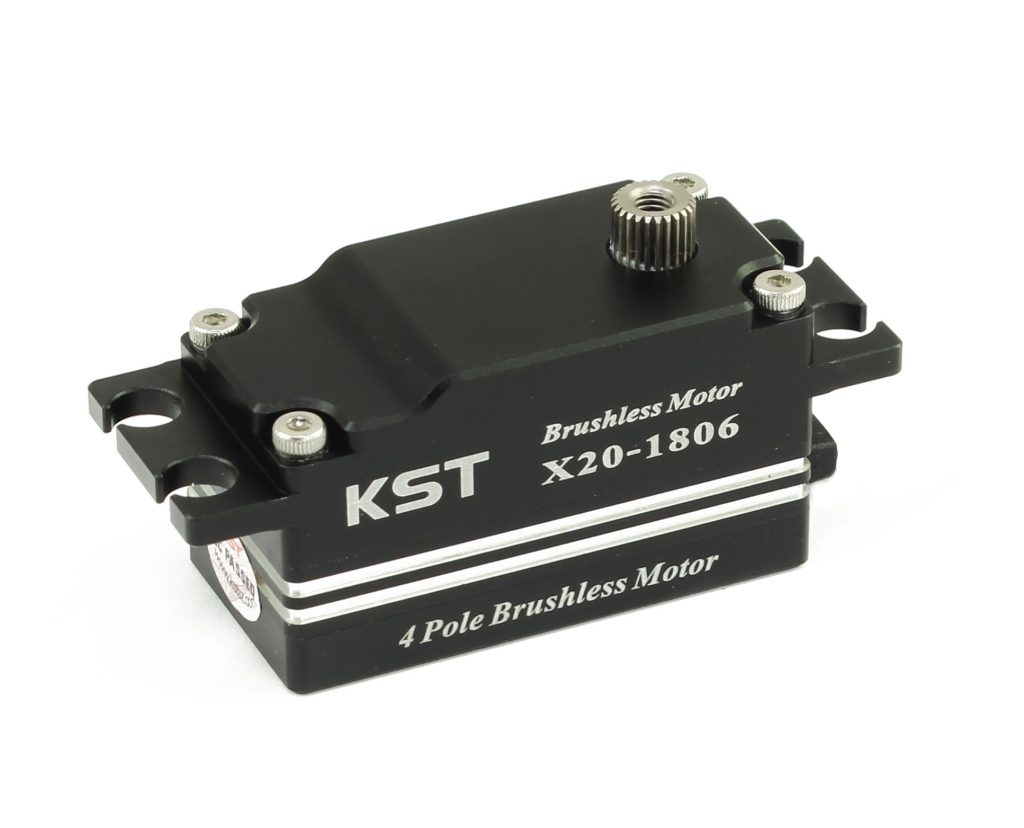
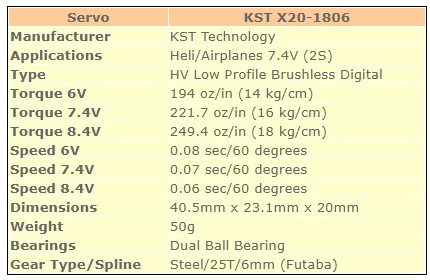
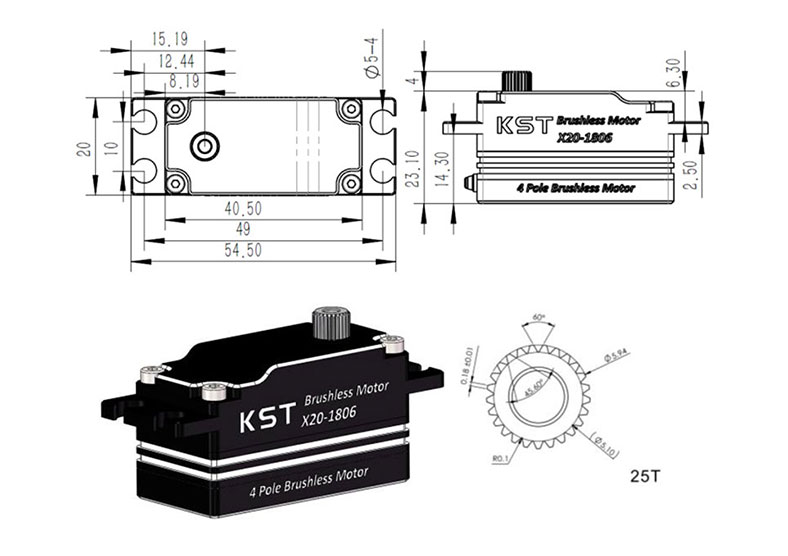
KST X20-4208 Ultra High Torque Servo

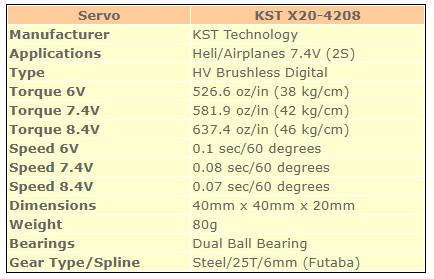

Flight School: Control Surfaces
But How Do I Make It Move?
In the last Flight School blog we learned about how we use “radio control” in radio control flight, but just what are we “controlling”? In this blog we will dive a bit deeper into the common control surfaces of fixed wing aircraft.
A control surface is a part of an airplanes flying surface (wing or tail), typically hinged, that is moveable1. Movement of the control surfaces cause the airplane to react in a particular manner based on the movement. This movement is known as deflection or throw1. The four common control surfaces are ailerons, flaps, rudder, and elevator.
They main movements of an airplane are Roll, Yaw, and Pitch.
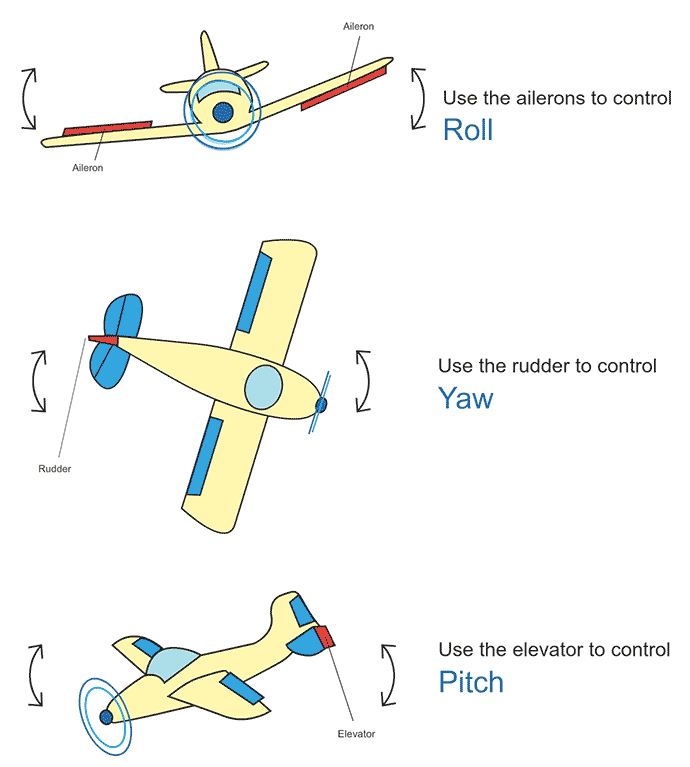
4Photo Credit: https://howthingsfly.si.edu/media/roll-pitch-yaw
Ailerons
Ailerons are located on the outermost part of the trailing edge on your wings. The ailerons control the roll of your airplane and work opposite of each other. When one aileron goes up, the other goes down, resulting in the airplane the wing loosing lift on one side (the aileron that went up) and gaining lift on the other (the aileron that went down). Not all airplanes have ailerons. Those that do not, will rely more on rudder and the angle of the wing (dihedral) to roll1.
1Photo Credit: https://www.rc-airplane-world.com/rc-airplane-controls.html
Flaps
Ailerons are found on the outermost part of the wing, but some airplanes have an additional control surface between the fuselage and the aileron1 called flaps. Flaps are meant to help an airplane get more lift or reduce speed, depending at what time they are engaged and to what extent. Like ailerons, flaps can be found on the trailing edge of the wing, but unlike ailerons they move together. Moving together allows them to function without altering the planes “roll attitude”1 . Attitude is described as the aircraft’s “orientation relative to the horzion”2 . Roll, pitch, and yaw all effect the airplanes attitude. There are different types of flaps that work in slightly different ways. The types include conventional, split, slotted, and fowler3. Split flaps – where the top of the flap doesn’t move but the bottom swings down – are popular with warbird aircraft. You can read more about the different types of flaps here.
1Photo Credit: https://www.rc-airplane-world.com/rc-airplane-controls.html
Rudder
Rudder is the hinged surface on the vertical stabilizer1 . The vertical stabilizer is the part of the tail that “keeps the airplane lined up with its direction of motion”5 . When you move the rudder, you change the yaw of the plane, which “makes the nose of the airplane point to the left or right”1. The use of your rudder is very important control when taxiing, taking off, or landing. When left rudder is engaged, the plane will go to the left – right rudder will direct it the aircraft right.
1Photo Credit: https://www.rc-airplane-world.com/rc-airplane-controls.html
Elevators
The last control surface that I will be covering are the elevators. One of the most important control surfaces, the elevators are responsible for controlling the pitch of the airplane. Pitch is the up or downward movement of the aircraft. The elevators are located on the horizontal stabilizer – the part of the tail that “keeps the airplane aligned with its direction of motion”5. Elevators move the same direction of the nose, so when the elevators are deflected up, the nose goes up and vice versa. Elevators will also effect the airspeed of the plane based on how and when they are engaged1.
1Photo Credit: https://www.rc-airplane-world.com/rc-airplane-controls.html
Sources:
1 Carpenter, Pete. “RC Plane Controls.” R/C Airplane World. Retrieved from https://www.rc-airplane-world.com/rc-airplane-controls.html (March, 2023)
2 Anonymous. “Attitudes and Movements”. Studyflight.com. (2017) Retrieved from URL https://www.studyflight.com/attitudes-and-movements/ (March, 2023)
3 Anonymous. “4 Common Types od Wing Flaps (and How They Affect Flight)”. Wings Over Camarillo. (June, 2020). Retrieved from URL https://wingsovercamarillo.com/types-wing-flaps-affect-flight/ (March, 2023)
4 National Air and Space Museum. “Pitch, Roll, and Yaw.” How Things Fly. Retrieved from https://howthingsfly.si.edu/media/roll-pitch-yaw
5 National Air and Space Museum. “Control Surfaces.” How Things Fly. Retrieved from https://howthingsfly.si.edu/flight-dynamics/control-surfaces (March, 2023)
Two New Pilots for Our OV-10 Bronco
Meet Our New Additions – Bo and Luke (OV-10 Bronco Build)
What aircraft would be complete without someone to fly it? None! So we found some suitable pilots to man our OV-10 Bronco – Bo and Luke… and lets just say, these boys are always up to something!
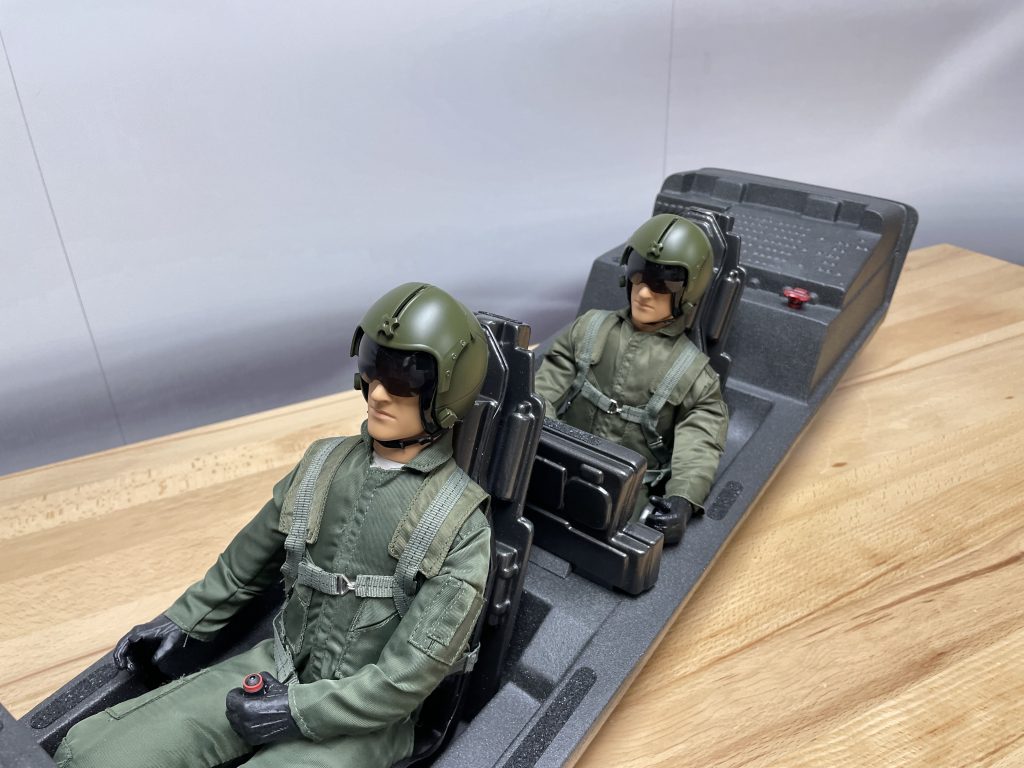
Take a look at the meticulous details on the cockpit gauges.
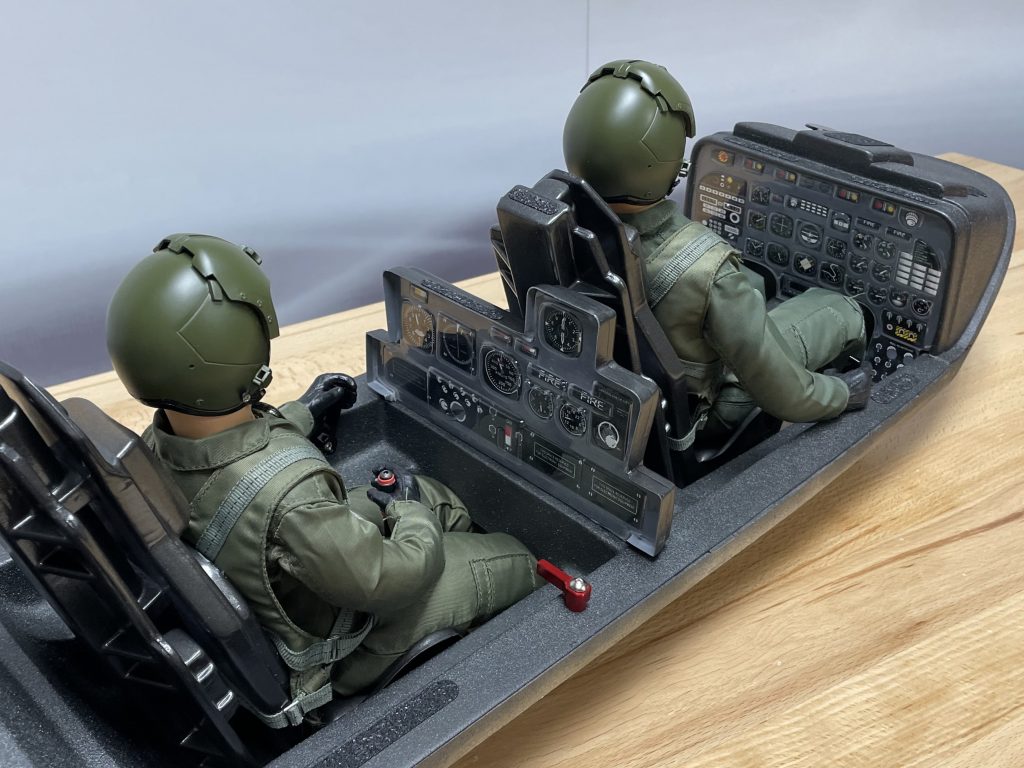

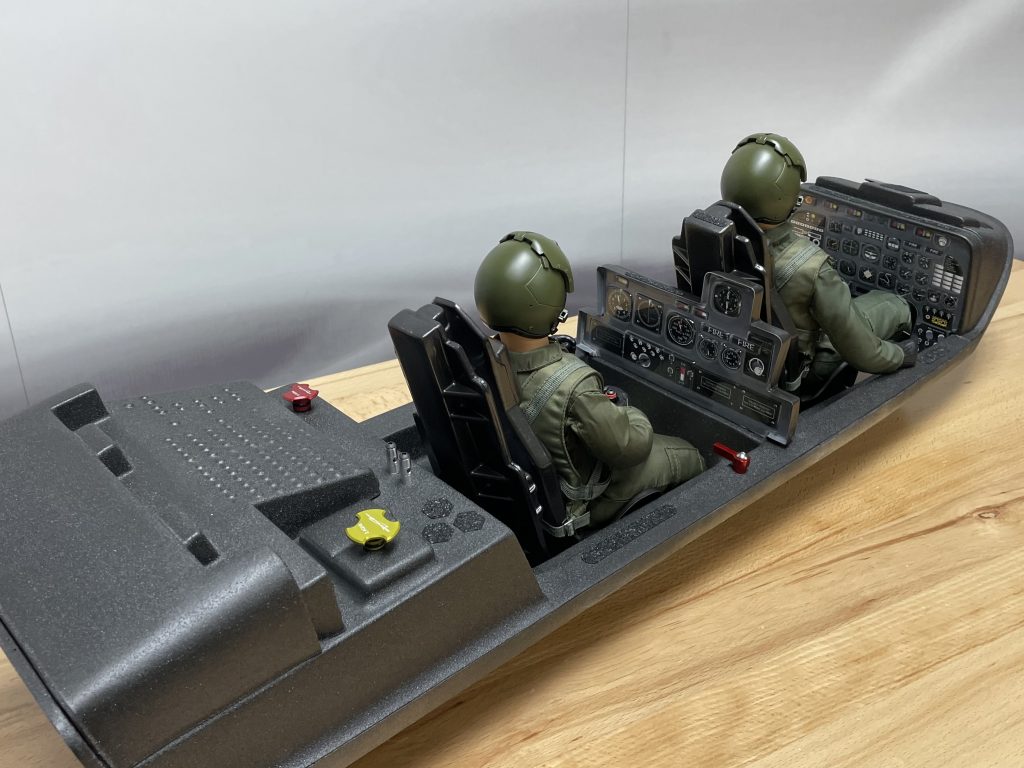
Spring Cleaning
Variant 2 For Sale!
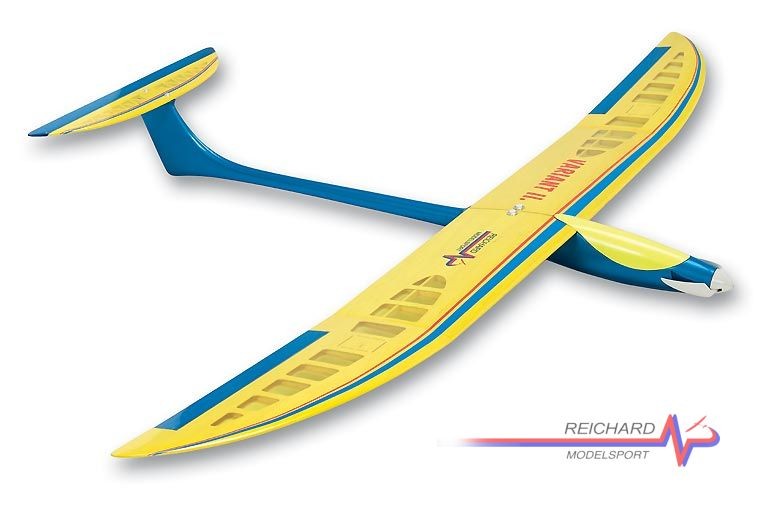
We did some deep cleaning in our warehouse and found this Variant 2 by Reichard Modelsport! It MUST go – $175.00 plus shipping.
- Thermic glider powered by electric motor,
- stabile and very easy to control
- suitable for beginners
- Rib wings with ailerons
Details:
Wingspan: 2000mm (~6.5ft)
Length: 1050mm (~3.5 ft)
Control Surfaces: Elevator, Ailerons, Rudder (3-4 channel)
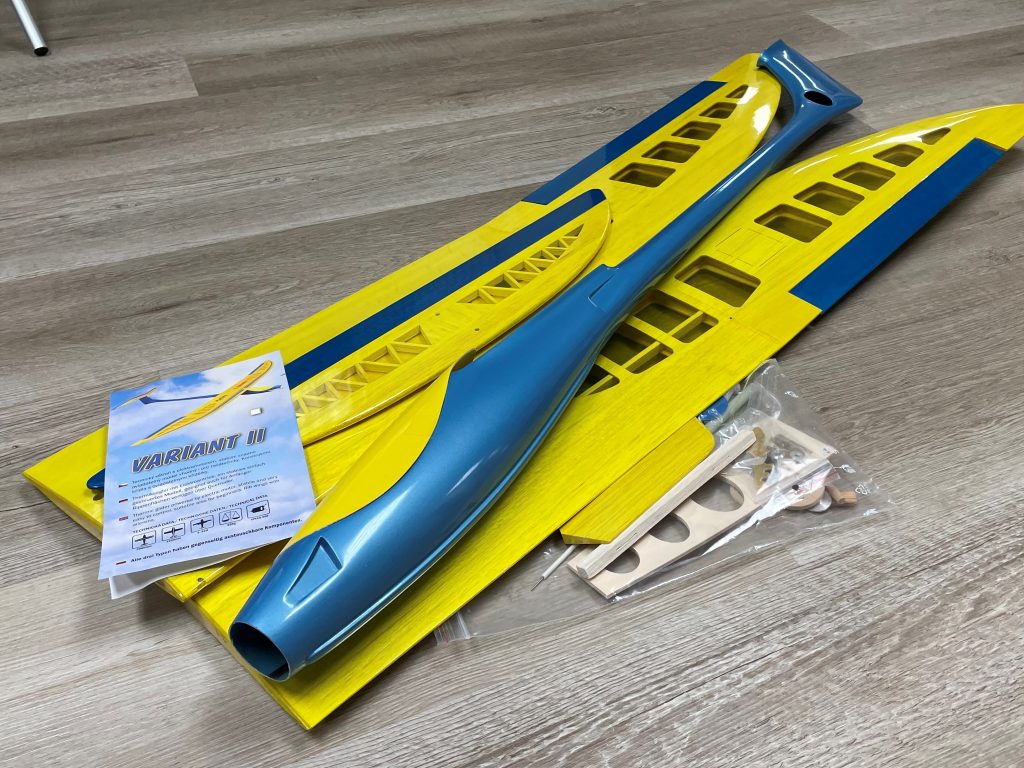
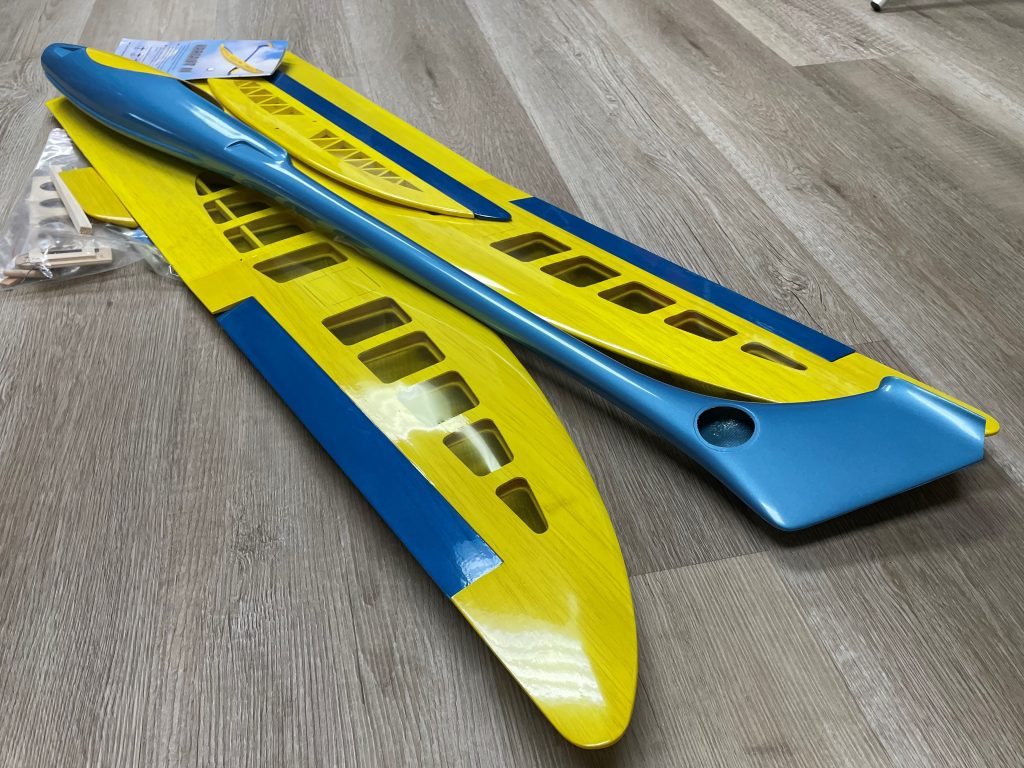
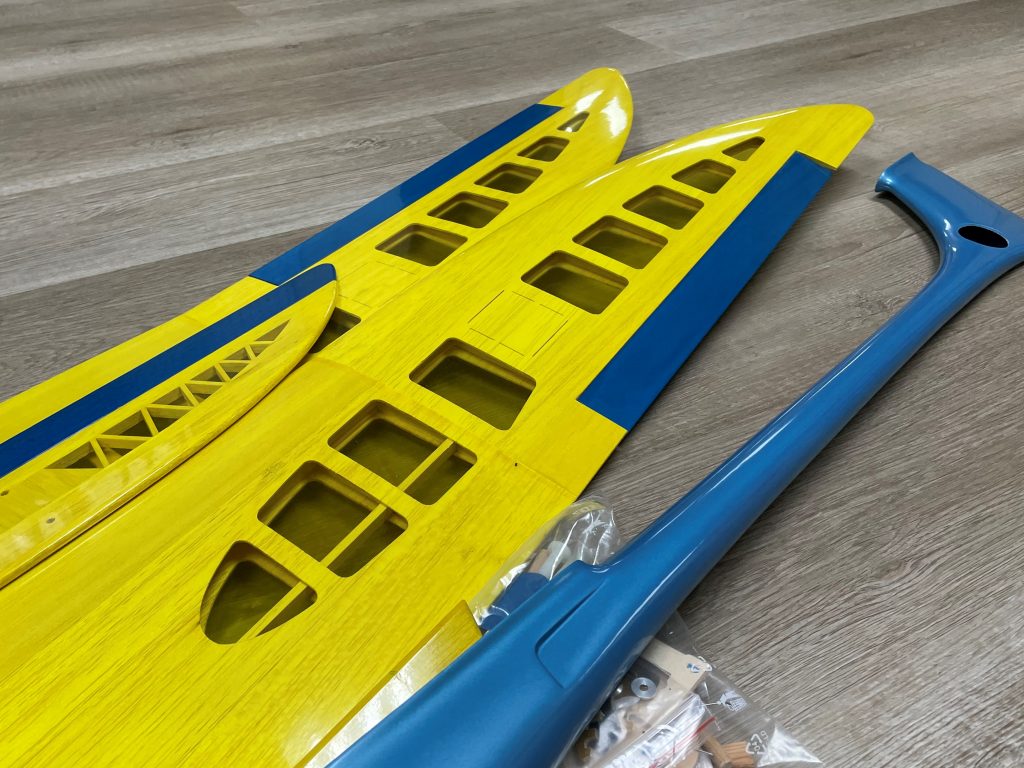

For sales information, inquire at sales@esprittech.com.
For a Good Cause
Saul Levin’s Aeronaut Volksplane VP-1
Meet Saul! Saul is building an Aeronaut Volksplane VP-1, a scale version of the Evans VP-1 Volksplane. The Volksplane VP-1 is an aircraft with an interesting history. Designed in 1966, it was meant to be of simple design and construction, yet safe and fun to fly (Bayerl et al. 2011). It was constructed of marine grade plywood, had detachable wings (Tacke et al. 2015), and was powered by a modified VW Beetle automotive engine (Lart, 1974).
The Volksplane was designed with the common pilot in mind. It had more of a DIY feel, and was quite popular amongst home builders. According to the Wikipedia entry, construction was “according to some home builders, almost like building a “giant model aircraft”” (Evans VP-1, 2022).
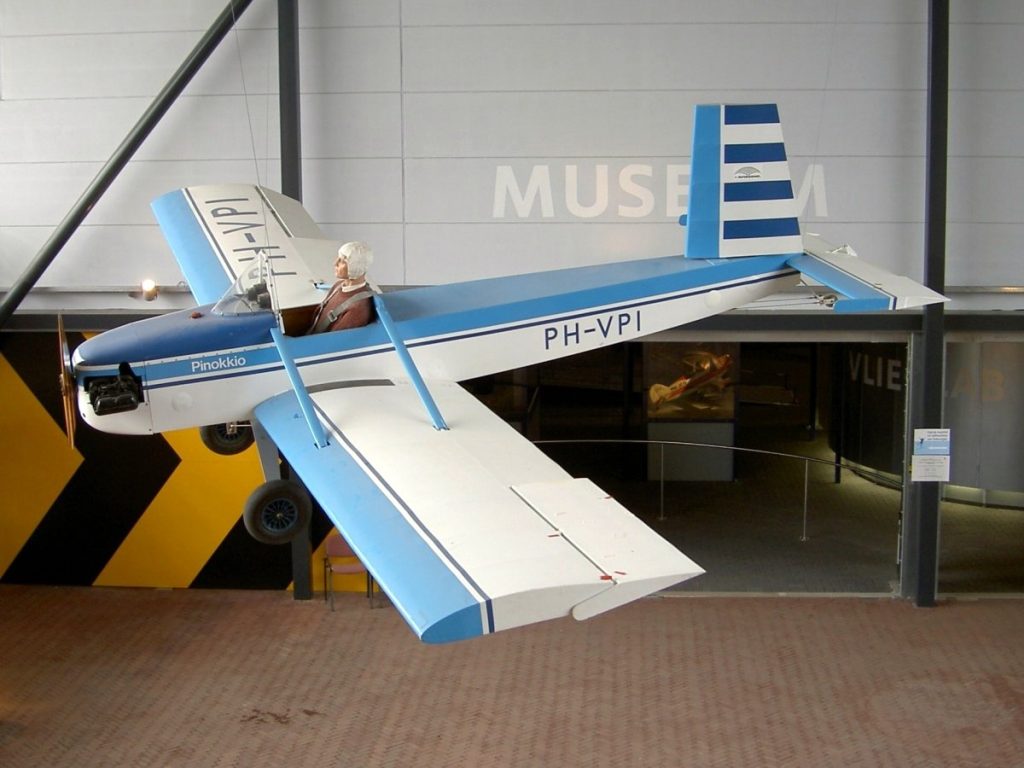
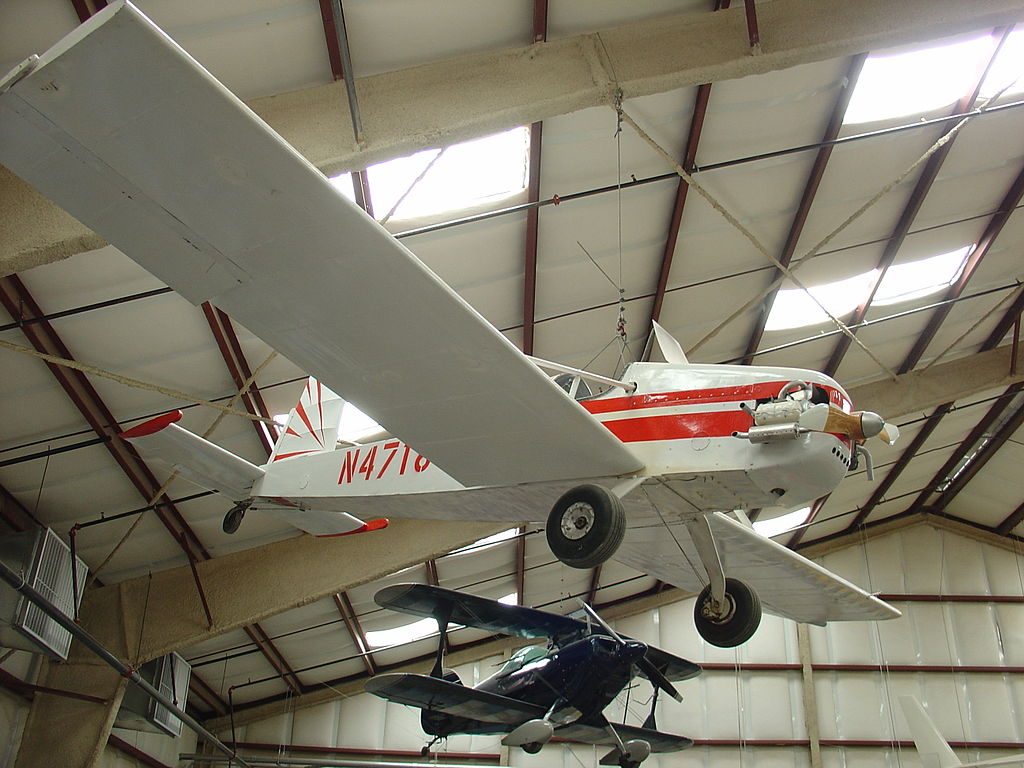
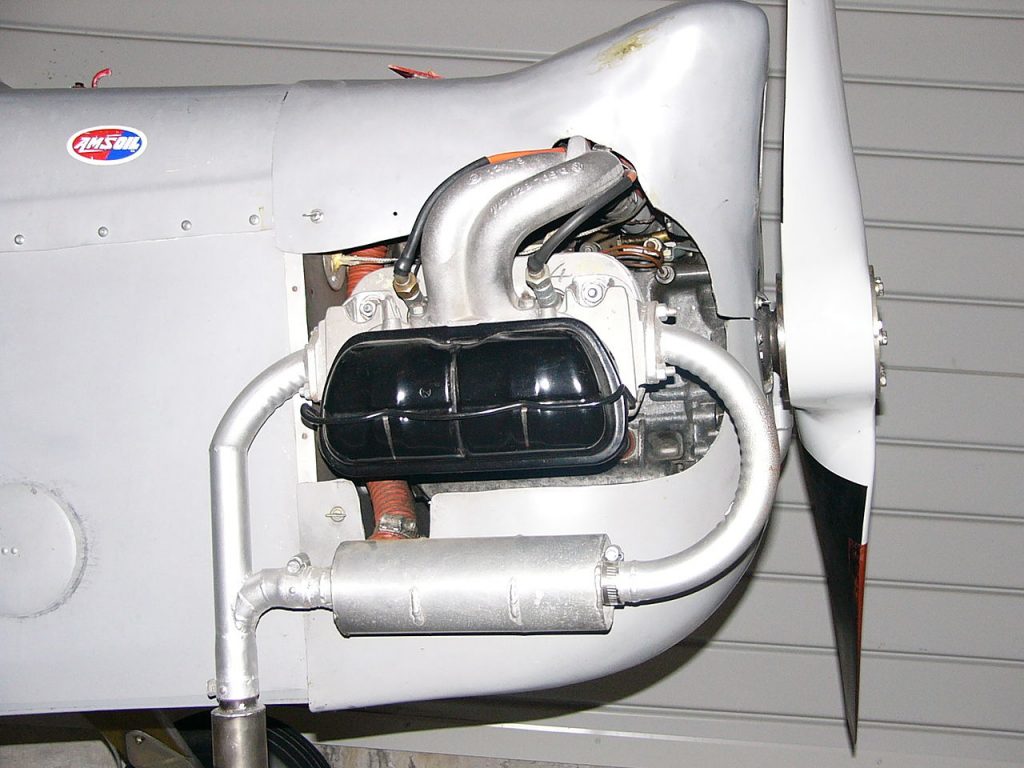
Saul has decided to build the Aeronaut Volksplane VP-1 scale model for a very special reason – it will be raffled off at Joe Nall 2024, and all the proceeds will go to Triple Tree Aerodrome! If any of you have had a chance to go to Triple Tree, you know just how special of a place it is, and how important it is to the aviation community – RC and full scale. A little birdy has also shared with us that there may be a very special 75% scale project being built along side of this 40% RC model. Keep an eye on our blog for information about that project.
In the meanwhile, head on over to Saul’s YouTube channel (Plane Fun RC) @planefunrc, subscribe, and watch along as he builds this Volksplane VP-1!
Sources:
Wikipedia. “Evans VP-1 Volksplane.” Wikipedia, January 2022, Retrieved from URL https://en.wikipedia.org/wiki/Evans_VP-1_Volksplane (February 2023)
Mooney, Walt. “Pilot report: Volksplane.” Air Progress, March 1970, p. 39.
Lart, Peter. “Westerlies: Volk’s Popular.” Flying magazine, August 1974, p. 82.
Bayerl et al. 2011, p. 101
Tacke et al. 2015, p. 107.
Photo Credit:
https://en.wikipedia.org/wiki/Evans_VP-1_Volksplane#/media/File:Evans_VP-1_Volksplane_Pima.jpg
https://en.wikipedia.org/wiki/Evans_VP-1_Volksplane#/media/File:Volkswagen_engine_Volksplane.JPG
Things Just Got a Bit Cooler
Falcon ESC Cooling Fan
We love our line of Falcon ESCs, so much so that they get run hard. So hard, that a little extra cooling adds a HUGE benefit.
The Elite Falcon ESC Cooling Fan improves air circulation and heat transfer even under less than ideal installation conditions. The cooling fan has a 5-8.4V operating range and consumption of 0.2-0.5A. Easily install the ESC Cooling Fan, with included installation hardware, by mounting the fan directly on top of the ESC.
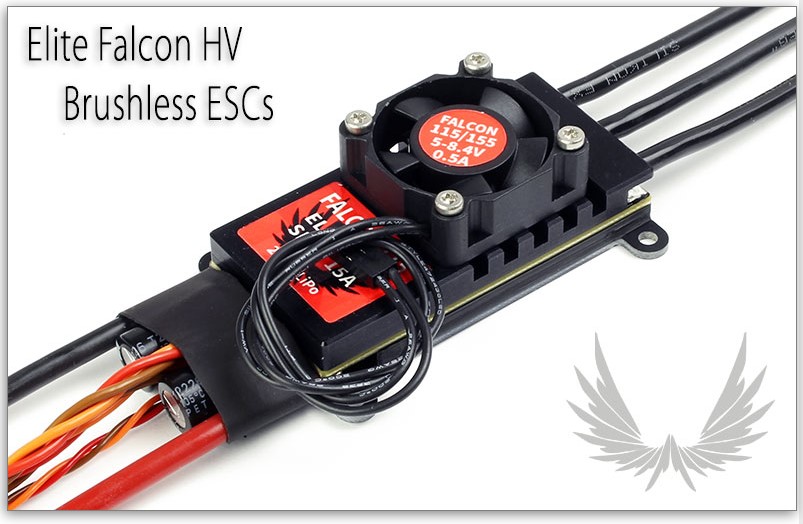
Simply install the cooling fan to the top of the heat sink on the ESC and plug in a standard JR-type connector to any free channel of the receiver.
Check them out here!
A Perfect Combo!
Still Pylon Racer and Jeti DS-12
The Still is a great introduction to the world of pylon racers. While it is not quite as intimidating as some of the fully hollow molded racers, it is stable and easy for the intermediate pilot to handle. Using the recommended brushless setup, the Still launches with just a toss and immediately climbs up and away. The airplane is a fast model with plenty of power – and what better to control it with than a Jeti setup!
Read more about our pylon racers here and find your perfect Jeti setup here.

Flight School: Signal Transmission
Ground Control to Major Tom…Uh, How Does It All Work?
Now that we know where it started, lets take a look at how radio control flight happens. The technology revolves around the use of radio waves. Radio waves are a form of electromagnetic radiation with a frequency that lies between 10kHz to 100GHz1. Radio waves are used for long distance communication2.
Wavelength Size Comparison
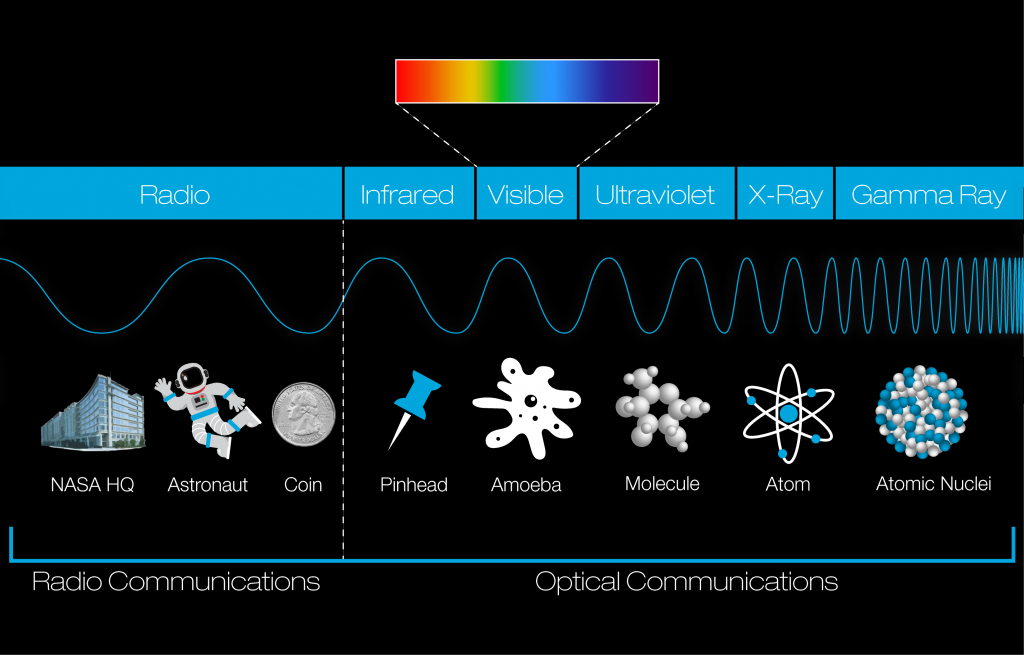
Electromagnetic Spectrum

In the hobby, we use a transmitter to send radio signals with information (instructions) to a receiver, located somewhere in your model. The receiver, which is being powered by a battery, then takes that information and passes it along to what you have plugged into it, telling those devices what to do based on the original input at the transmitter. A very basic set-up, would consist of four servos plugged into the receiver, the receiver battery, and your transmitter.

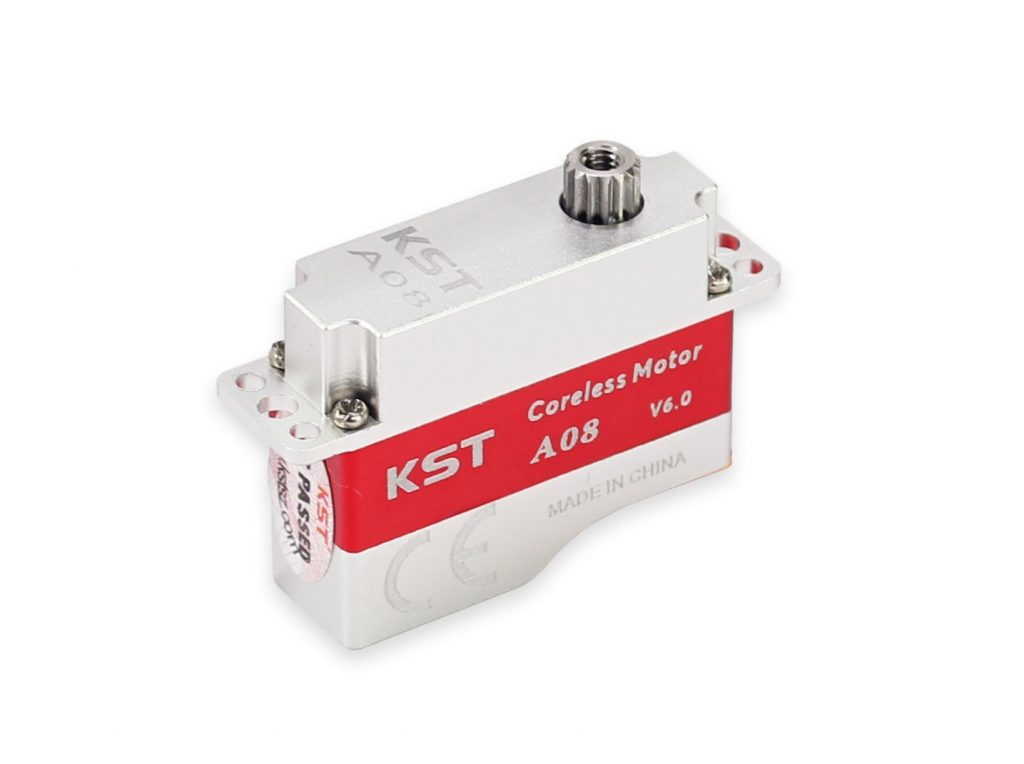

A servo, otherwise known as a servo motor, is a “self-contained electrical device”3 with an electric motor connected to a gear set. You would then connect an arm to one of the gears and then to a control rod to mechanically control your flight surfaces (Rudder, Elevator, Ailerons, Flaps).
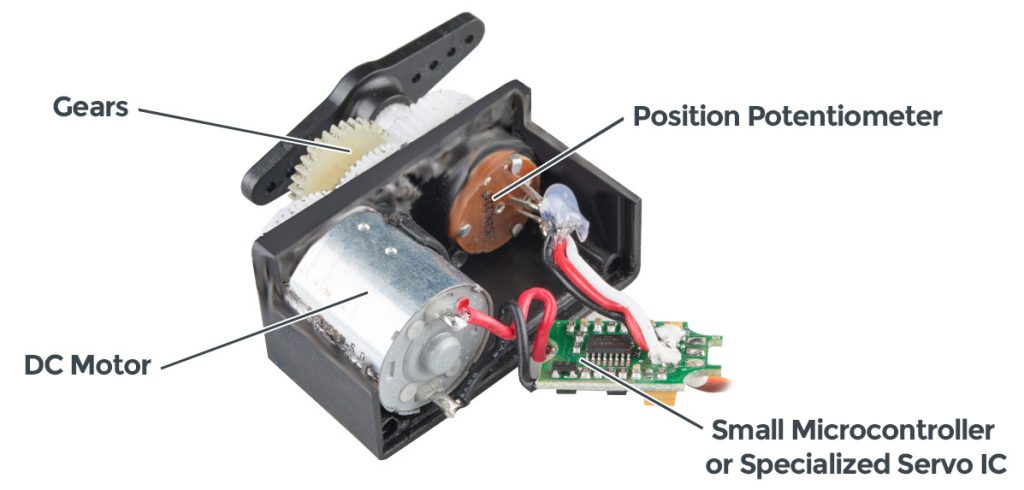
As technology advanced, the devices that you can place into your aircraft have also changed. Now-a-days, setups can range from basic (sport airplane) to a more advanced set-up (turbine aircraft) with multiple devices installed for both functionality and showman ship – and everything in between.
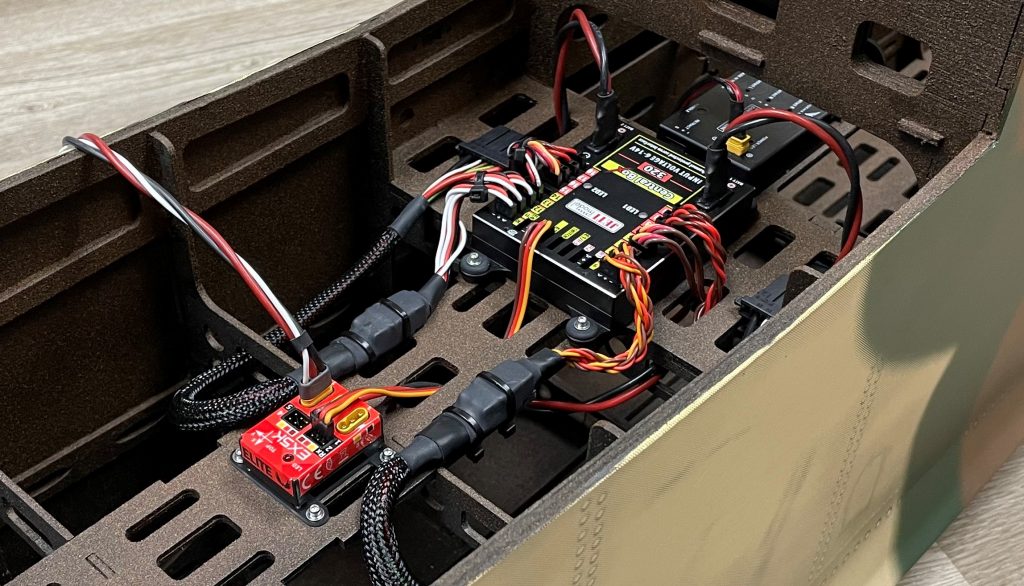

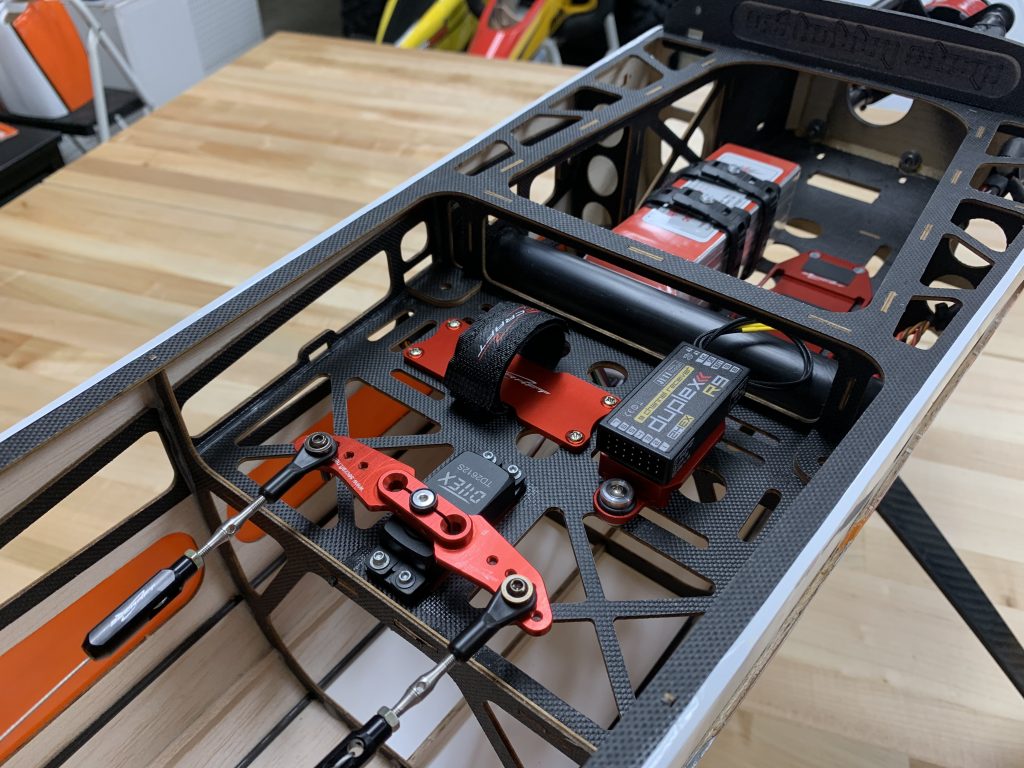
Browse our electronic flight components here!
Sources:
- Author Unknown. “Communications System” Northwestern.edu. URL https://www.qrg.northwestern.edu/projects/vss/docs/communications/2-more-about-radio-waves.html#:~:text=Radio%20waves%20are%20in%20the,hundred%20million%20vibrations%20per%20second). (February, 2023)
- Oxford English Dictionary. “Radio wave, n. 1.” OED Online. Oxford University Press. (February, 2023)
- Heason Technical Blog. “What is a Servo Motor Used For?” November, 2020. URL https://www.heason.com/news-media/technical-blog-archive/what-is-a-servo-motor-used-for- (February, 2023)
- NASA. “Comparison of Wavelengths” September 2018. URL https://www.nasa.gov/directorates/heo/scan/communications/outreach/funfacts/txt_radiowaves.html (February, 2023)
- NASA. “Comparison of Wavelengths” August 2018. URL https://www.nasa.gov/directorates/heo/scan/communications/outreach/funfacts/what_are_radio_waves (February, 2023)
- Spark Fun. “Servos Exlained” URLhttps://www.sparkfun.com/servos (February, 2023)
Finishing Touches
Secraft Bling
“Details matter. It’s worth waiting to get it right.” – Steve Jobs
Well…Wait no more! Secraft parts are rolling in!
These anodized aluminum parts will add the perfect detail to any project! Made out of aluminum, these products are sure to hold up. Vibrant colors and sleek designs will draw your eye and make for the most excellent finishing touches to your model.
